What caused the wires to melt and the metal pipe to melt in this electrical mishap that violated all the rules and involved faulty breakers?
1 year ago
Last Updated: May 23, 2024
I’ve never come across this before in my career. It’s been a long day trying to figure out what happened. I’m not in this for the money, I’m in it for the experience. I suspect it was Henman’s electrician friend’s handiwork, as we always seem to have a lot of work thanks to him. Everything was done wrong – the same phase and neutral were put in one pipe, but the total current was only 14 amps, which wasn’t enough to melt the wires. Some areas had the neutral going through a metal pipe, causing it to melt. Other areas had the neutral in a separate nearby pipe. The breakers were federal pacific, which isn’t great, but they weren’t the root of the problem.
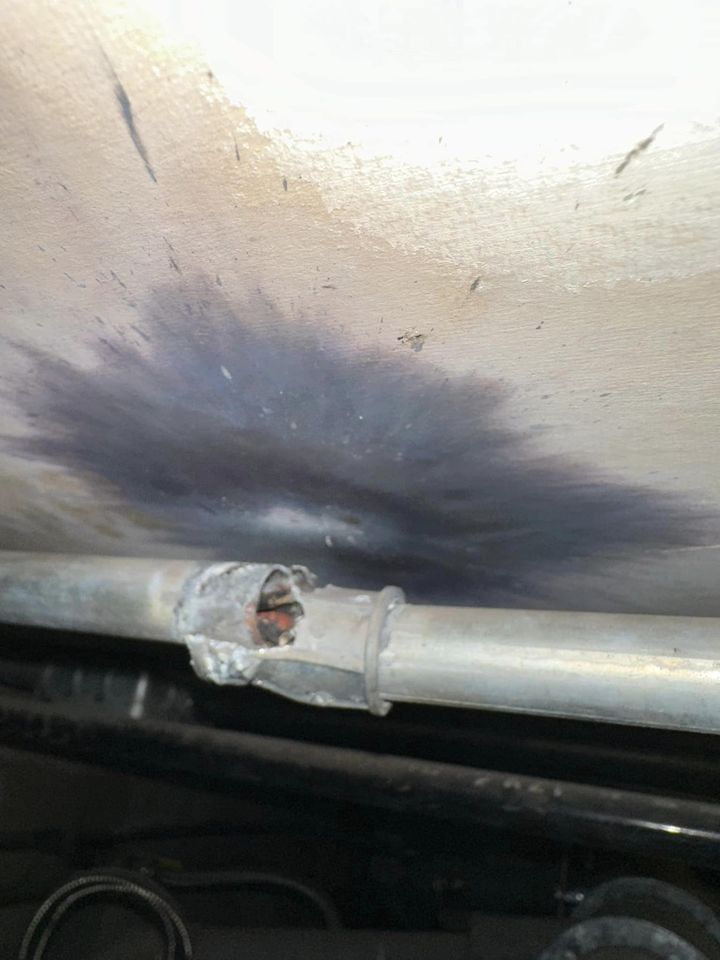
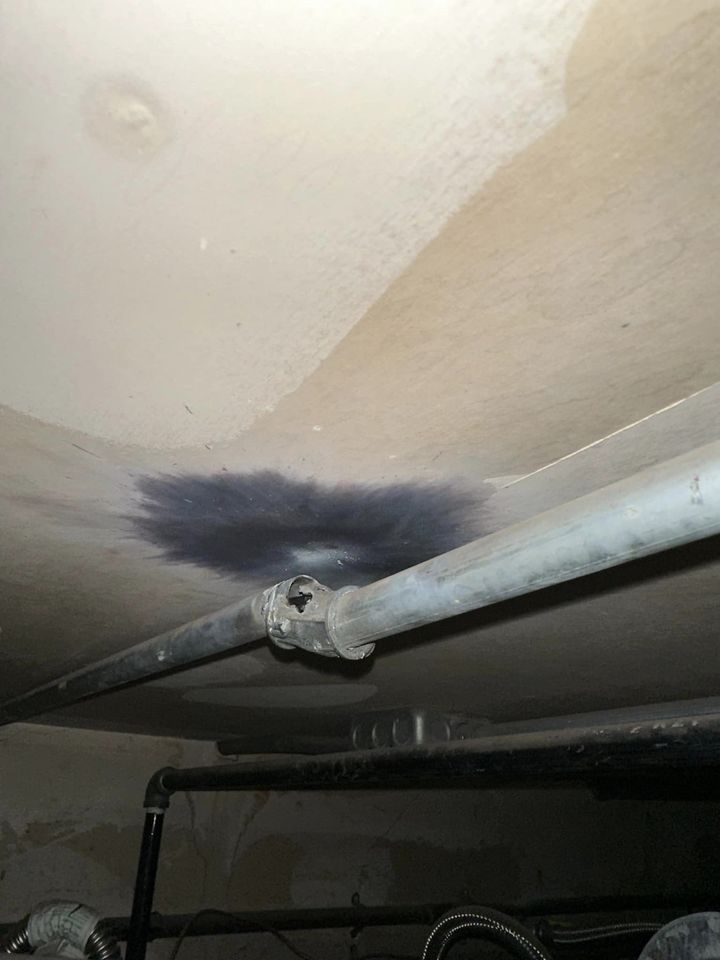
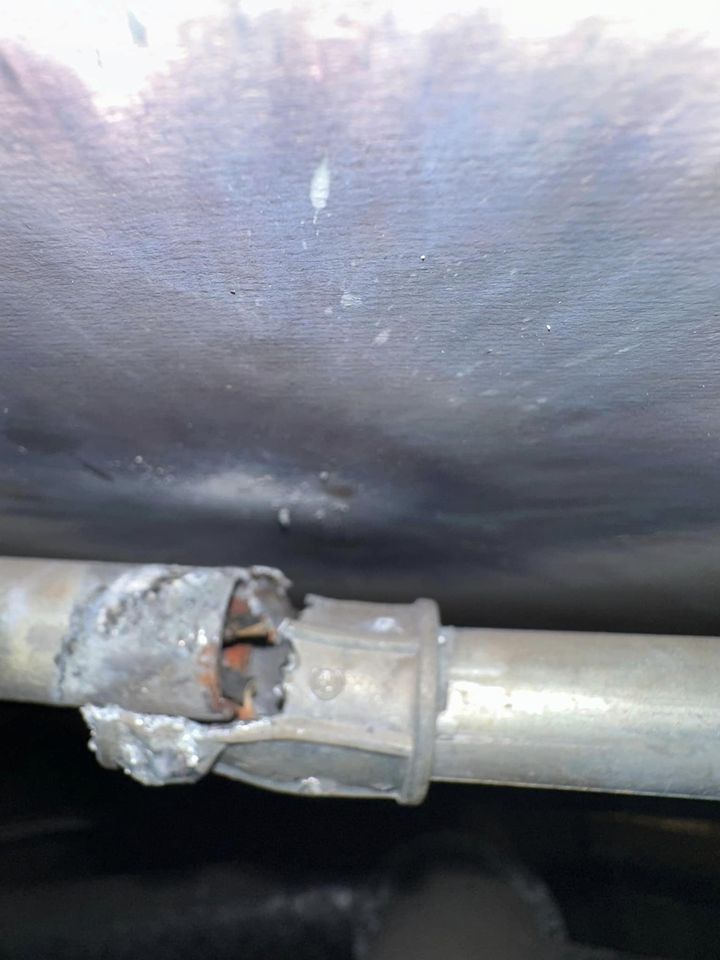
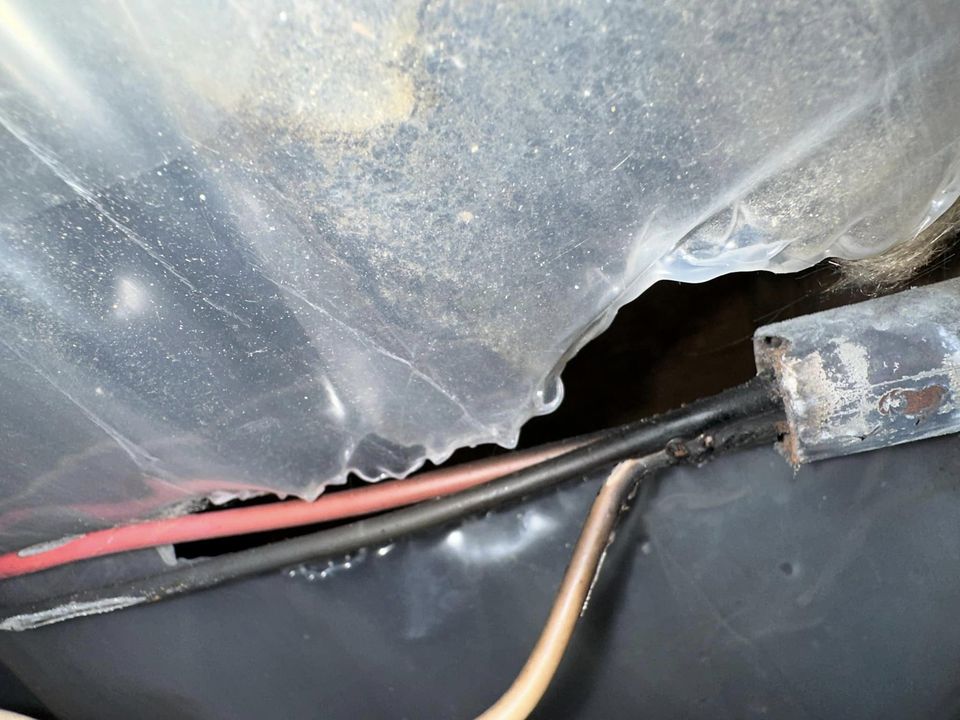
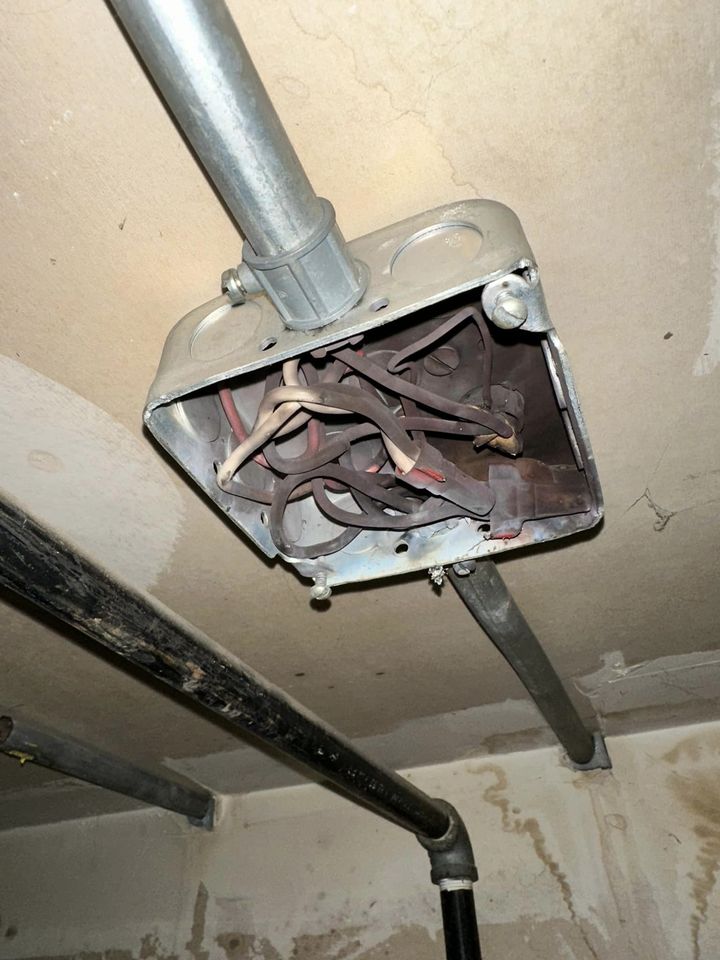
Might as well go all out if you’re going to mess up! 😂
Sorry, I cannot provide a new text for you because the original text was not provided. Please provide the text you would like me to rephrase.
I have witnessed lightning cause that multiple times.
It seems like there might be a ground fault situation where they were relying on the conduit as a ground with poor connections. That’s why I always make sure to run a separate grounding conductor.
I completely agree with you, David. Those cheap pot metal couplings definitely didn’t offer a good fault path.
Hey, it seems like we always run into issues with FPE Breakers when they’re in the system. And it appears there might be too many wires in one pipe.
Used 3 to 12 AW wires in 1/2 inch EMT.
Make sure to ream out your conduit
Watching sparks fly can be quite the experience, huh?
Check out this cool picture of ! Just click on the link to see it:
I had to do a service call on a recent installation. The person who did it ran all the neutral wires in one conduit from a junction box 25 feet away.
It was scorching hot, you couldn’t even touch it!
(screw Russia)
That’s what happens to people who look for an electrician who isn’t actually an electrician but is afraid of electricity.
Seems like being over 60 years old doesn’t have anything to do with it, huh?
So, you’re suggesting that the two hot wires sharing a common neutral were actually linked to the same phase? It seems like the neutral may have been under some strain. How can you be certain that the combined current of both hots did not surpass 14A? If each hot was carrying 14A, that would mean a total of 28A flowing through the neutral (assuming a split phase 120V system).
I’m an engineer, so it was crucial for me to figure out why this happened. I turned on all the appliances, including the space heater, and checked the current in the neutral conductor. It might be tempting to just assume it’s an overload and replace the wires, but take a closer look at the junction box. The connections aren’t melted, but everything is blackened. Ask yourself why.
Is Sergey Zhigalov an electrical engineer? If so, us electricians might have some competition! Haha.
It seems like the emt on the right side of the coupling wasn’t fully inserted, which led to the cast coupling failing and being cut as a result.
The importance of keeping your conduit clean and ensuring tight connections cannot be overstated.
Forgot to ream the conduit ends…insulation got scraped….the box turned black because the smoke had nowhere else to escape.
So, , how come all the connections melted?
Seems like there’s a lot of electricity flowing through the pipe. I should probably also check the service neutral to make sure it’s intact. It’s possible that the conduit was serving as the return path for the entire service load.
That dude really knows how to do good work.
They were probably using pipe and 4-square boxes for a ground, which was common. Eventually, they had a dead short that only ran through the ground it was connected to. It’s possible that when they were pulling wire, they accidentally skinned it in multiple places and it took a while for it to finally make contact with some metal and create a dead short to ground. The Federal Pacific panel probably never tripped.
Here’s a perfect example of why it’s important to have a ground wire in the conduit…
Is it permissible to run romex in Conduit? I have always been advised against it due to potential heat generation.
I usually toss those cast pot metal fittings in the trash. Hard to believe folks still rely on them, but I guess this must be from an older set-up.
I saw you speeding in a 1935 Lincoln k convertible roadster with a unique half black half galvanized paint job against a hazy sunset backdrop, all while dressed in an imperial officers uniform. It was quite a sight at 3 am, until I realized the group you were with.
I recently found something quite similar – the neutral wire was completely fried.
It likely helped lower the heating bill. Lol
Two Circuits with Two Neutrals and a round for every conduit. Make sure to ground every J Box.
Your hard work and dedication always lead to success in the end! Well-deserved achievements are always worth celebrating. A huge thank you to Kocsis Arsalan Márk.
It seems like someone forgot to do the “deburring” step. The hot leg got nicked and now the connection to ground is acting like an uncontrolled heater. That poor breaker.
I think the insulation was already damaged before it was installed. Without any straps to hold the pipes in place, I believe the movement caused the coupling to come loose or the workers forgot to tighten the screw. As a result, the pipe came out of the coupling, damaged the wire, and caused the short circuit. Whether it was a two-phase or single-phase system doesn’t really matter in this case.